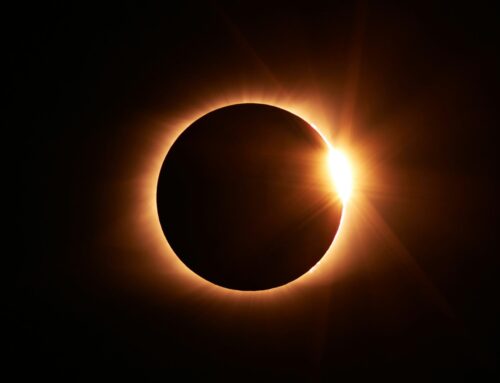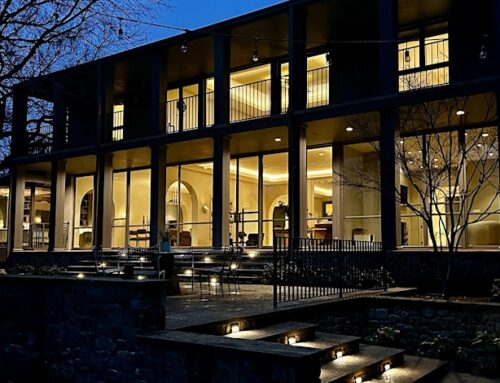Lori Sparks remembers the first million-dollar house in Old Preston Hollow on
“I thought, ‘Oh my gosh, it will never sell,’ ” says
Since then, residential real estate prices in our neighborhood have steadily increased, escalating at a frenzied pace in recent years. Today, a multi-million-dollar home in Preston Hollow appears to be the rule, rather than the exception. One block over from the house on
In recent years, Preston Hollow property values have skyrocketed. The neighborhood’s large lots, easy access to some of
“It’s location,”
In Old Preston Hollow, between
“Now you’re paying (for a lot) in the upper $500s and $600s, $700s for a good location,”
WHY SO HIGH?
According to people who follow the local real estate market, no one thing can be attributed to the increased housing values in our neighborhood. And Preston Hollow isn’t the only neighborhood experiencing a boom right now. All the neighborhoods south of LBJ Freeway are popular, says City Councilman Bill Blaydes, who serves on the council’s Economic Development & Housing Committee.
In fact, in 2003 the Dallas Central Appraisal District’s assessment of residential property surpassed the commercial property value in
So what accounts for higher home values?
Shorter commutes. Downtown Dallas has been attracting more businesses and employers, gas prices are higher, and highway construction projects, especially the one coming along LBJ Freeway, make a 45-minute or more commute unappealing to many people, Blaydes says. “(Suburban homeowners are) starting to come back,” Blaydes says. “If you work inside that circle (LBJ Freeway), you want to be inside that circle.” And our neighborhood offers easy access to
Nearby amenties. City Councilmember Linda Koop, who represents Old Preston Hollow, says the shopping centers at Preston and Royal and Preston and
Quality schools. Many of
Value. While our neighborhood’s prices may be high for
The Teardown Factor
Most of Preston Hollow was developed in the 1950s and 1960s. The size of Preston Hollow’s lots, many of which range from half an acre to several acres, is a feature that makes the neighborhood unique. For people who want land in
“It’s because of the land,” Terry says. “That’s what has propelled the growth of Preston Hollow in the last few years.”
But Preston Hollow’s original housing stock, usually around 2,000 square feet in Old Preston Hollow, doesn’t appeal to many current homebuyers. Realizing that home buyers were willing to pay top-dollar for acreage in landlocked Dallas, builders kicked off a frenzy several years ago, buying up older homes, often five to 10 at a time, to tear them down for new homes.
In addition to land, many of today’s home buyers want amenities such as granite and natural stone, hardwood floors, wood windows, media and game rooms, libraries and outdoor living spaces that include patios with ceilings, fireplaces and cooking spaces. All of these amenities make for big (often more than 6,000 square feet) expensive homes,
When this trend started, the price tag of these new homes was about $1 million. Today, because of real estate price increases, it’s not uncommon for a new home to cost more than $2 million.
“When you buy an expensive lot and build a 6,000 to 6,500 square foot house with all that stuff in it, it adds up real quick,” Spark says
But the frenzy might be quieting. The market has backed off because prices have risen quickly. Builders are waiting longer to sell — about six months — and some are selling off lots they haven’t developed yet.
“They’ve (lot prices) come up in their price so much that a builder has to build a $2 million plus home,”
The Highs and Lows
Old Preston Hollow isn’t the only neighborhood experiencing a boom. Terry says Preston Hollow’s estate properties west of the Tollway also are seeing lots of action. In recent years, developers snapped up a number of older, large estates. They have subdivided the lots and are building more homes, such as The Creeks of Preston Hollow at Middlegate and Inwood Road.
The estate was originally about 21 acres and has a creek winding through it. Hillwood Residential is developing it into a gated community with 17 estate sites, ranging in price from $1.75 million for about an acre to $4.2 million for a little more than an acre. After buying a lot, customers pick a pre-approved builder to build the home they want. Terry says people usually spend two to three times what they paid for the lot on building — meaning that if $4.2 million is the lot price, then the house will likely cost $12 million.
“It’s staggering when you think of paying $4.2 million for a lot,” Terry says. “It’s becoming more and more costly to get into Preston Hollow.”
Finding a million-dollar or multi-million dollar house in Preston Hollow is easy. Finding a teardown is easy. The challenge is finding a move-in-ready house for less than a million.
Those properties are very hot commodities, Sparks says.
As the real estate prices west of Hillcrest and south of Royal have climbed, some homebuyers are looking at bordering neighborhoods to the east and north, where a 3,000 to 4,000 square foot home can be bought for $500,000 to $800,000, she says.
“I think, ‘Why didn’t I buy those houses when I could get them for $175,000,” Sparks says. “I keep thinking there’s going to be a ceiling.”






